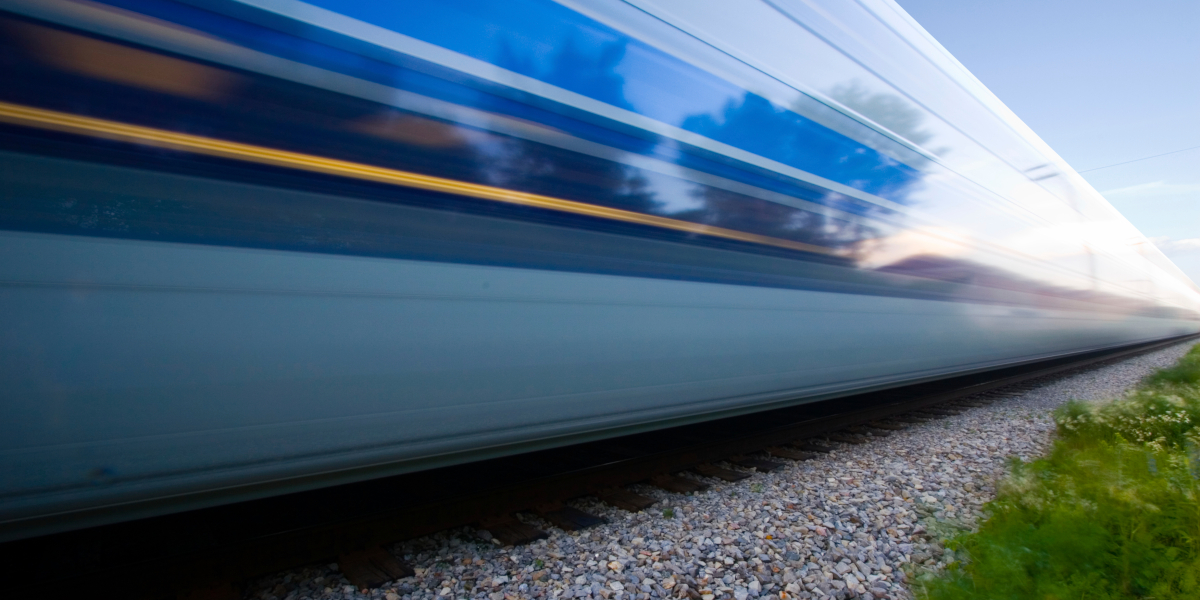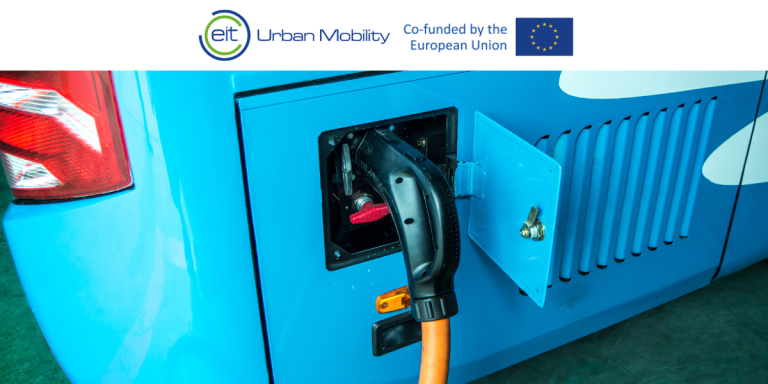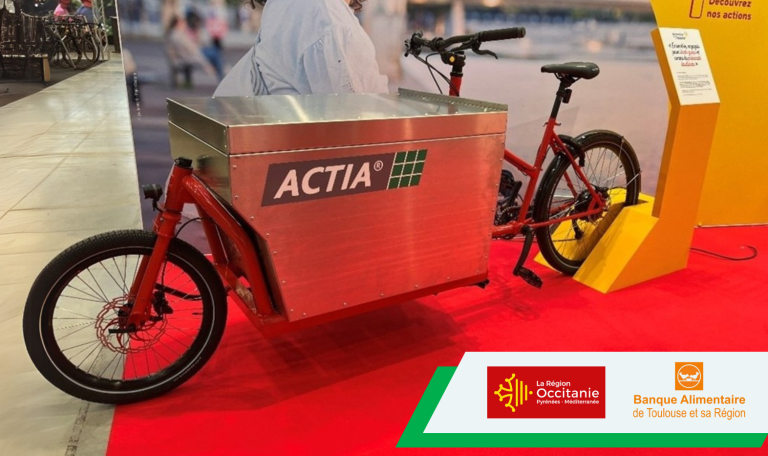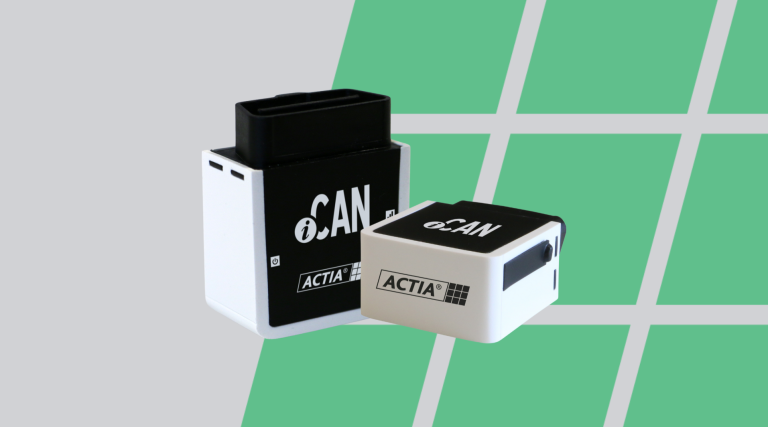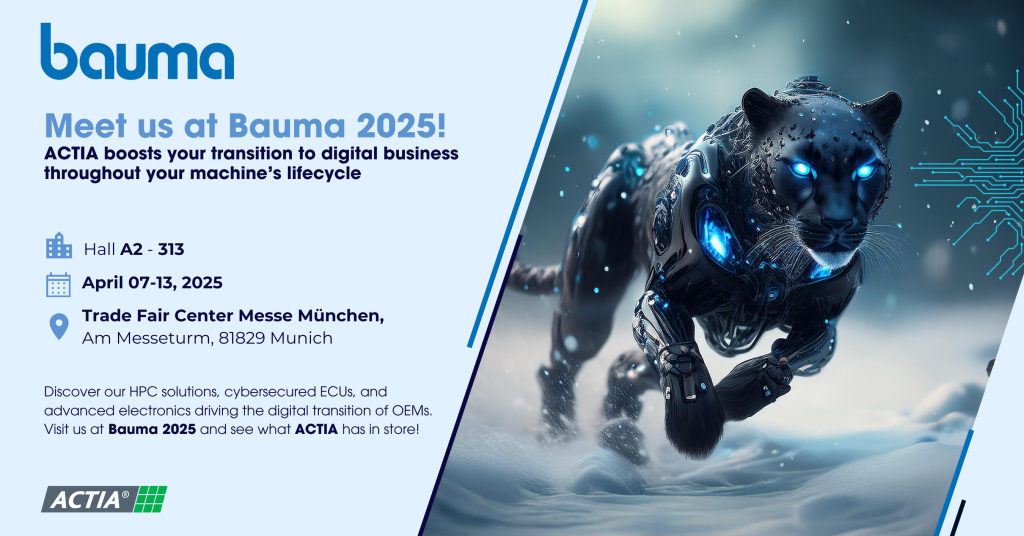The world railway market is organised around three main segments: rolling stock, signalling and infrastructure. This sector is particularly dynamic in Europe. On the Old Continent, urban areas and regions prioritise the modernisation of existing networks, infrastructure (roads, docks, highway structures, etc.) and signalling (on board and/or on the ground), as well as rejuvenation of the rolling stock.
This trend presents development opportunities for the ACTIA group, which provides major players in the railway sector with passenger information and video surveillance solutions, trackside safety announcement systems and electrification solutions. From technological requirements to passenger experience, digitalisation of transport to safety, two ACTIA experts shed light on ACTIA’s place in this highly competitive market for on-board railway equipment : Damien REDONDO, Vice President of ACTIA Rail and Pascal PIN, RAIL ACTIA Telecom Business Manager.
What are the requirements for on-board railway equipment?
Damien Redondo
“ACTIA operates in many markets, such as the automotive and aircraft markets, so the group has sufficient past experience and perspective to confirm that the rail market has particularly demanding technical requirements. The normative context is, as such, very binding. This is all the more true since we cannot apply certain automotive processes due to the small quantities of products required.
In this market, as electronics specialists, we are also confronted with the problem of components becoming obsolete. The equipment is not renewed often: the lifespan of a train can be more than 30 years. From a technological perspective, it is a real challenge to keep systems functioning for such a long period of time. This is all the more true because the components are constantly being improved and are replaced regularly. This is particularly the case in our passenger information and safety domain.
Finally, the third issue, which I believe is common to all automotive markets, is cybersecurity. Like all forms of transport, trains are becoming increasingly connected, and thus increasingly connected to their environment, infrastructure, etc. Data security is therefore a major technological focus for ACTIA, especially given that we offer solutions that generate large data flows.”
Pascal Pin
“ACTIA must take into account the changes in usage and inter-modal mobility. The aim is to provide solutions for passengers that integrate real-time information and features that are increasingly based on digital data. The market requires increasing availability and therefore technically sound solutions that ensure the reliability, security and availability of the service.
In addition to the technological, cybersecurity and operational maintenance issues that Damien mentioned, I would add budget constraints. Manufacturers work to optimise operating costs on an ongoing basis. These include: the cost of acquisition, the impact of product reliability and the maintenance system, and the cost of replacement and repair.”
Can you describe ACTIA’s flagship products and solutions for trains?
Pascal Pin
“ACTIA solutions are there to ensure passenger comfort and safety. They improve the passenger experience. ACTIA develops and produces PA-PIS (Public Address and Passenger Information System) audio and visual passenger information solutions suitable for all train configurations.
In terms of safety, ACTIA offers high-performance train-to-ground rear-view and video-protection systems. This way, video surveillance can be used to look at real-time images of rolling stock from the ground, to search for footage recorded on board, or to receive alarms that focus controllers’ attention. Finally, ACTIA’s safety offer is completed by trackside announcement systems used for securing track maintenance sites.”
Damien Redondo
“We have a complete offer on these families of products. Our solutions panel is sturdy and adapted to the specific needs of each client. One of the advantages of our offer is flexibility. ACTIA develops customised products from a single platform. This is a major advantage on the passenger information screens market.
It should be noted that screens can account for up to 50% of the price of the passenger information solution (PA-PIS). They are processing more and more information with ever more demanding requirements for image quality. The definition is the same as that of mass-market screens, with a definition of up to 4K, for example.
The position of screens from a physical, integration and budget point of view is therefore very important for our customers. ACTIA meets these requirements, which can sometimes pose surprising technical challenges, such as the design of a screen 2 m in length and 25/30 cm in height!”
What do you think are the key success factors for ACTIA in this highly competitive on-board railway equipment sector?
Damien Redondo
“ACTIA has strong technical expertise in the rail market. This skill has been acquired from experience. ACTIA’s multidisciplinary team is particularly familiar with the constraints of this market. Today, about 1000 trains worldwide are equipped with ACTIA solutions.
Our competitiveness is also a great advantage. We use the ‘Design to Cost’ technique inherited from the historic automotive market. Our approach is part of the ongoing assessment of prices, PCBs and adapted solutions. This entails a great synergy within ACTIA between the different assemblies used in the different markets addressed.”
Pascal Pin
“We also owe our competitive position on the market to our ability to combine the flexibility of the solutions we offer with the rigour of the market. This balance makes ACTIA a leading player in this market.
The size of ACTIA plays a big role in this difficult balance. The way we organise ourselves allows for rapid decision-making in the face of frequent requests for adaptations or variations in products. Finding solutions within a rigorous regulatory framework is an important element of our corporate culture that shines through in all markets: the bus, truck or special equipment markets, for example.”
What is the group’s position on this on-board railway equipment activity?
Pascal Pin
“It is essential. ACTIA’s collaborative aspect is particularly pronounced in our rail activities, with a strong sharing of skills between the entities and a synergy of expertise. For example, there are strong synergies within the group, among the French and Spanish, European and/or American entities.
We are thus able to address global markets by leveraging our local presence. Local industrial power is therefore certainly one of the key success factors that we owe to ACTIA’s organisation and intermediate size.”
Damien Redondo
“ACTIA effectively ensures a local presence, as close as possible to its customers. Its subsidiaries are autonomous and flexible enough to be able to respond quickly to customer requirements and provide solutions adapted to local constraints, whether they are fiscal (depending on location) or political.
In this way, ACTIA equips trains, subways and trams from Australia and South America. For example, we can take the metro in Medellín, or the tram in Sydney. But among the group’s customers we also have large European public transport and rail companies, which represent a large market in the midst of change.”
How does ACTIA track market developments?
Pascal Pin
“ACTIA meets market needs as precisely as possible and integrates technological building blocks that help optimise costs and improve user experience and safety into its innovation approach. The group is working and innovating towards more environmentally responsible mobility and decarbonised rail transport.”
Damien Redondo
“ACTIA also offers an active approach to the evolution of the passenger information sector, involving the management of the increasing flow of information in an environment that integrates more intermodality and safety. Future solutions will integrate real-time video processing and analysis technologies using AI, augmented reality, and algorithms of an increasingly high quality. The innovation is also focused on data transmission and data security technologies. Safety and service to users remain the driving forces behind innovation in this market.”
To sum up
“ACTIA has gained its reputation in this market through its long-standing partnership with train manufacturers. This reputation is gaining prominence in the transport operators sector with a comprehensive, complete and unique offer for public transport: buses, trains and trams. Which other equipment manufacturer is able to offer operators and manufacturers such a broad and interconnected system?”
“ACTIA continues to expand its rail activity on an international scale. We are competing for large bids from major manufacturers and PTAs around the world. For a long time, ACTIA has been a challenger and has gained the trust of some major customers. Today, it is certainly identified as a major player in the sector.”


